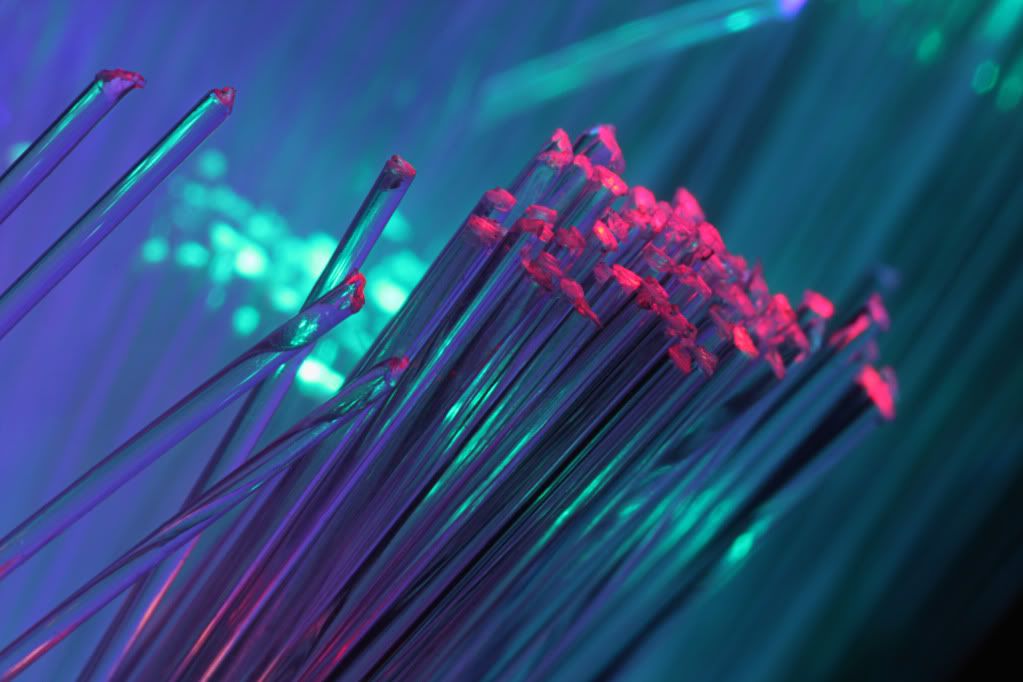Wireless networks, frequently abbreviated to "Wi Fi", enable PCs, notebooks and other devices to "talk" to each other using a short-range radio signal. However, to produce a protected wireless network you would have to make some developments to the way in which it works once it's switched on.

The signal of any short range radio transmission can be picked up by any device in range which is tuned to the same frequency. If you adored this write-up and you would certainly like to obtain more info pertaining to
data centre cabling kindly check out the page. What this means is that anyone with a wireless PC or laptop in range of your wireless network might be able to connect to it unless you take precautions.
Should this happen then your network and PC are vulnerable to any or all of the following:
Freeloaders - Most wireless networks are accustomed to share a broadband Internet connection. A "Freeloader" may connect to your own network and utilize your broadband connection without your knowledge or permission. This could have an effect on your own use. You could detect your connection slows down as it shares the access to the Internet with an increase of users. Many house Internet services have limits to the quantity of data you may download per month - a "Freeloader" could exceed this limitation and you find your Internet bill billed for the additional levels of data. Law Enforcement may track the Internet connection used for such activity it could lead them straight back.
Eavesdropping - As information is transmitted an "eavesdropper" may connect to your wireless network and view all the info as it passes by. This is entirely undetectable by an individual as the "Eavesdropper" is only listening not transmitting.
Hacking - Even when the security characteristics of a wireless network have been switched on unless these features are set up correctly then anyone in range can hack in to the network. All home wireless network routers have a normal username and password for the administration of the network. All a hacker has to do is go through the set of standard usernames and passwords until he gets access. A hacker may then use your network for some of the above or gain access to your own PC - your firewall might not prevent him because, as he's connected to your own network, he is within the trusted zone.
Most wireless network equipment, when it comes out of the carton, isn't protected against these risks by default. This means you must configure the network yourself to ensure it is a protected wireless network.
How to secure a wireless network
Although all wireless equipment marked as 802.11 will have standard features such as encryption and access control each producer has a distinct way it is controlled or accessed. This means the guidance that follows may appear a bit technical because we can only just let you know what you have to do not how to get it done. You must read the manual or help files that came with your equipment so that you can find out how to make a safe wireless network.
1. Create your network infrastructure as "access point" and not "ad hoc" or "peer to peer". These last two (ad hoc and peer to peer) mean that network devices like PCs and notebooks can connect right with each other without going through an access point. You might have more control over how devices connect if you set the infrastructure to "access point" and so will result in a more secure wireless network.
2.Pick an obscure name for the network - This important suggestion to having a secure wireless network might be not used by about 99% of home users. If you leave the SSID such as this it makes hacking really easy so change the SSID as soon as you set up your network. Don't use your address, household name or family name these are too easy to imagine.4. This suggestion goes hand in hand with No3 in creating a secure wireless network. This means that anyone wanting to connect to your own wireless network must understand its SSID i.e. the name of the network.
3. A secure wireless network will have an admin user ID that's difficult to imagine and a strong password that uses letter and numbers.
5. It is also a good idea to set the time that the network can be used when the device allows it. For instance, within an office you may not want to unplug the wireless router at the conclusion of each day so that you can place it to only allow connections between the hours of 7:30 AM and 7:30 PM.
6.Use MAC filtering In Case your wireless router or access point enables it, MAC filtering readily adds one more layer to make your wireless network secure. Every network card (the device installed in PCs and notebooks that connect it to a network) has its unique code, called a "MAC address". In Windows XP you'll be able to begin to see the MAC address by right-clicking on the network connection, select "standing" and then the "support" tab. The code labeled "physical address" is the MAC code for this network connection device. Be sure it is the wireless network connection you pick as the LAN connection is going to have distinct MAC address. Most wireless routers or access points allow you to list the MAC codes which you wish to make use of the network. This implies that you need to grant permission to any PC or laptop that really wants to connect to the network.
7. Use encryption. That is the bedrock of any secure wireless network and means that the data that passes over the radio can only be decoded together with the proper system of encryption and also the right password. Each approach can exclusively be used if all the gear on the network has the ability. As WPA2 is the most recent approach to encryption, unless you've lately obtained the latest PCs, notebooks & network device you most likely will not manage to use it. WPA-PSK is the next greatest and can be obtained on most hardware. If you are using older access points and network cards, you could find you could only use WEP. Each approach requires a "key" (a word or phrase used to create the encryption work). Make sure you utilize a word or phrase that would not be readily guessed.
When you can set all seven of the hints in operation you'll have an extremely protected wireless network.
 MCity, a simulated city which reinforced on round top of 32-Acre down come near to University of Michigan’s North Campus was formally heart-to-heart on Monday dawn. It consists of a potpourri of streets, bull buildings, traffic lights, a bridge, a burrow as swell as a four-lane highway with beguile and pass ramps. The deftness is reported to price more or less $6.5 meg to anatomy.
MCity, a simulated city which reinforced on round top of 32-Acre down come near to University of Michigan’s North Campus was formally heart-to-heart on Monday dawn. It consists of a potpourri of streets, bull buildings, traffic lights, a bridge, a burrow as swell as a four-lane highway with beguile and pass ramps. The deftness is reported to price more or less $6.5 meg to anatomy.

 The signal of any short range radio transmission can be picked up by any device in range which is tuned to the same frequency. If you adored this write-up and you would certainly like to obtain more info pertaining to
The signal of any short range radio transmission can be picked up by any device in range which is tuned to the same frequency. If you adored this write-up and you would certainly like to obtain more info pertaining to